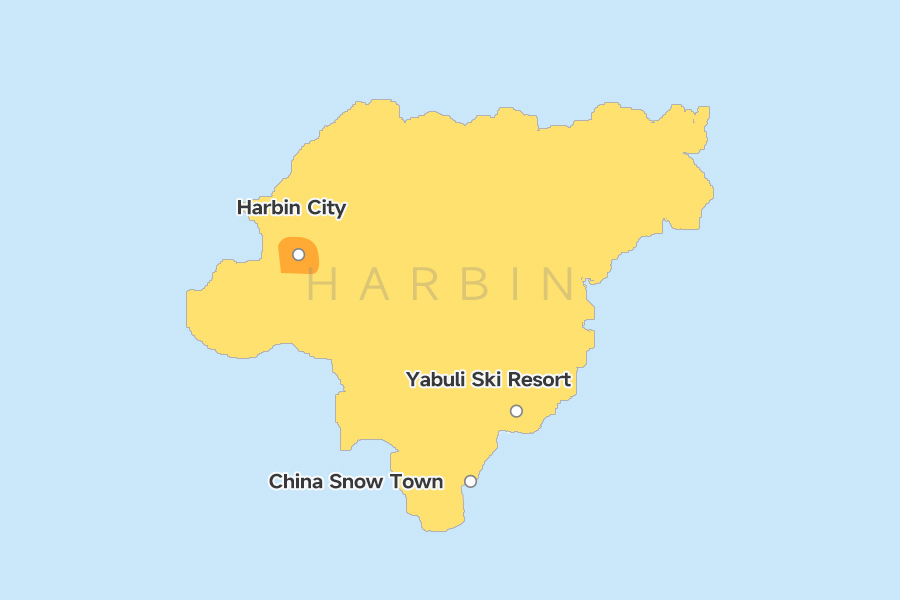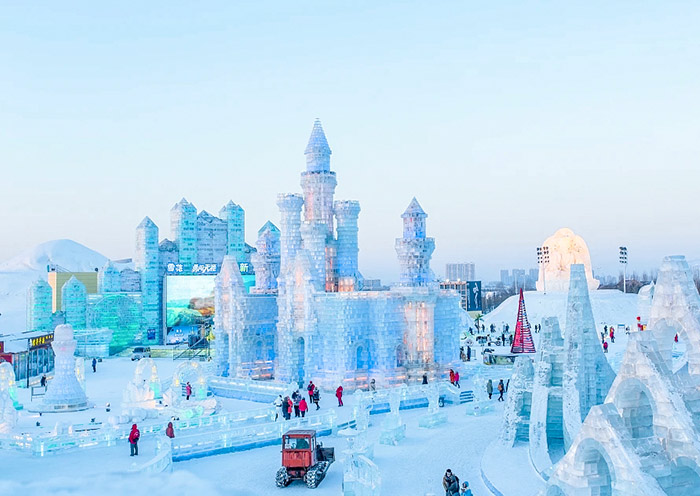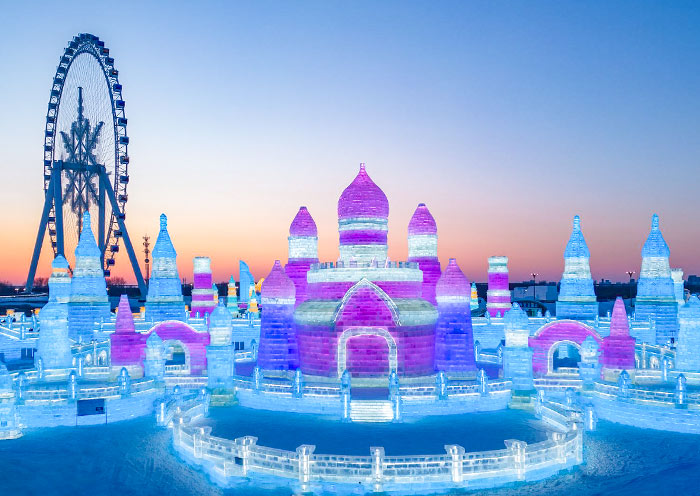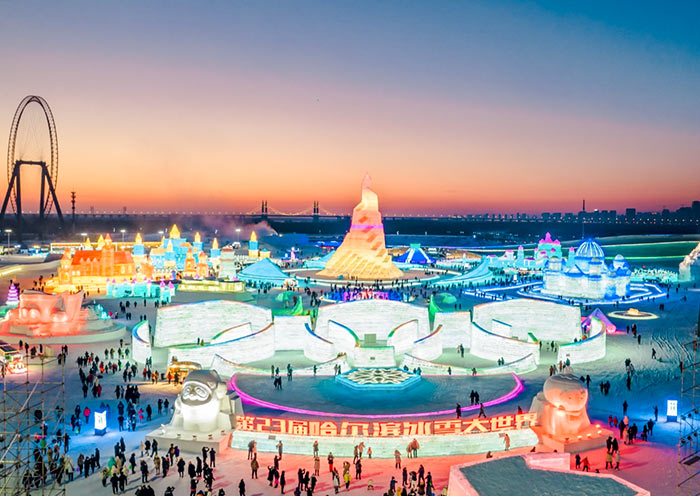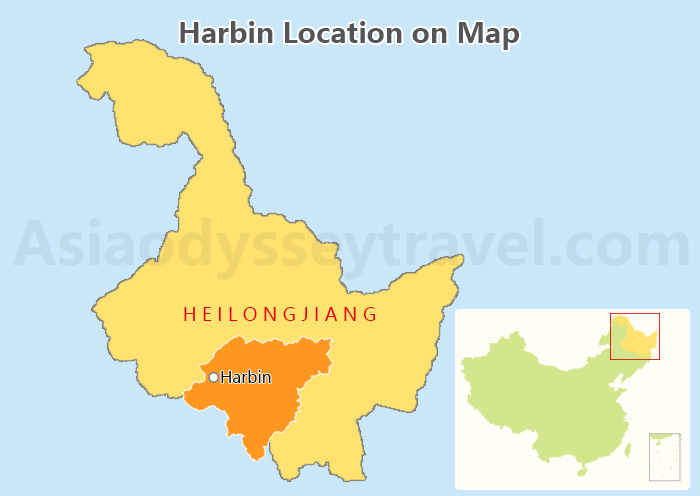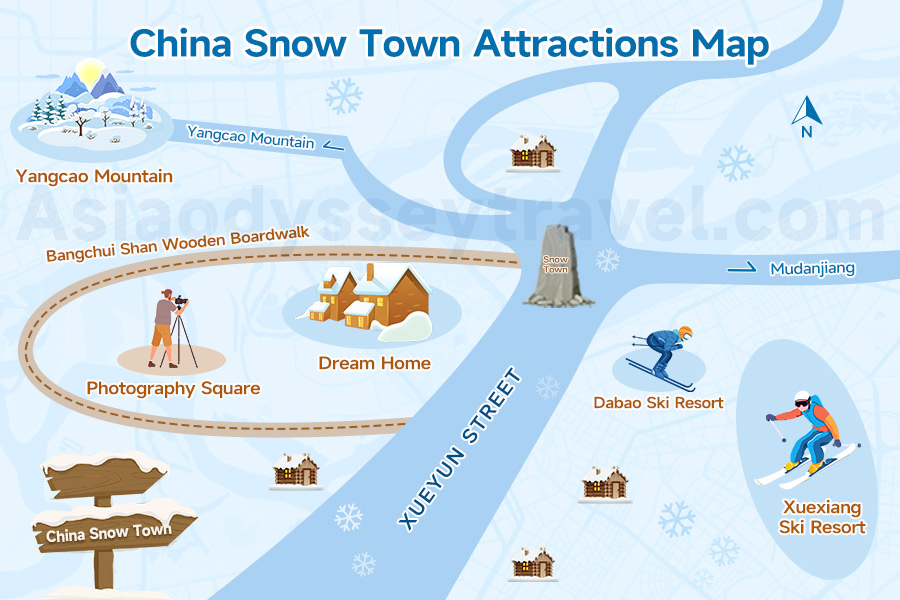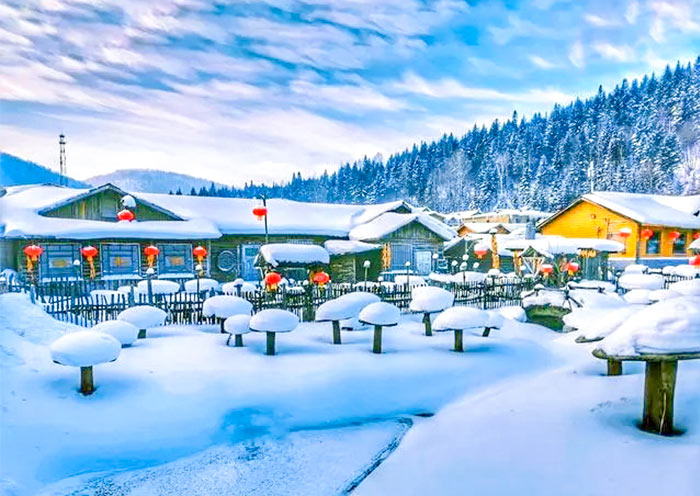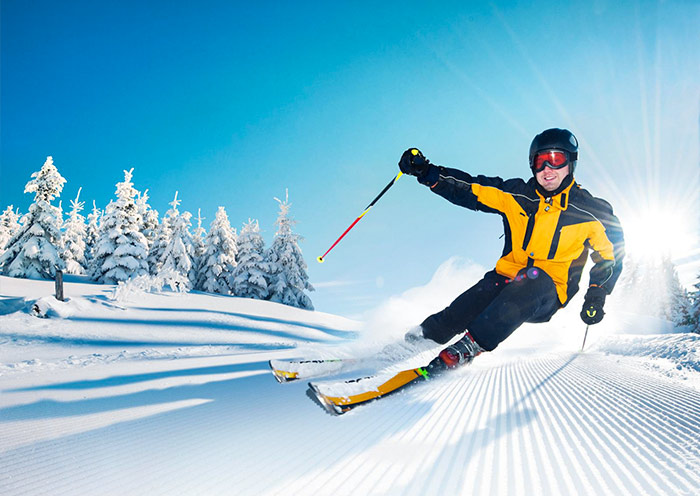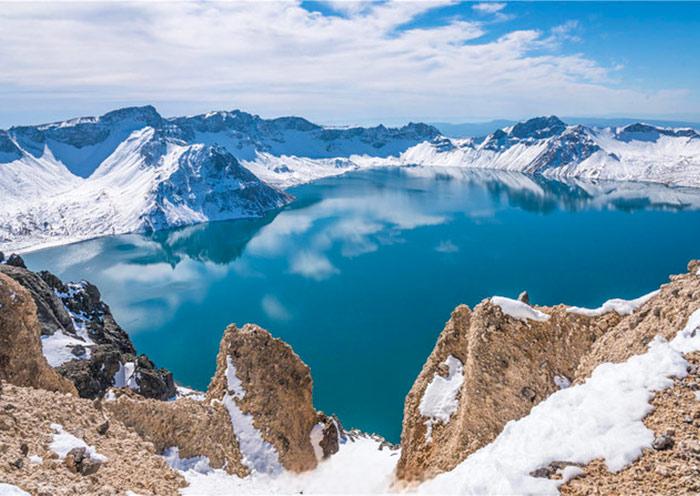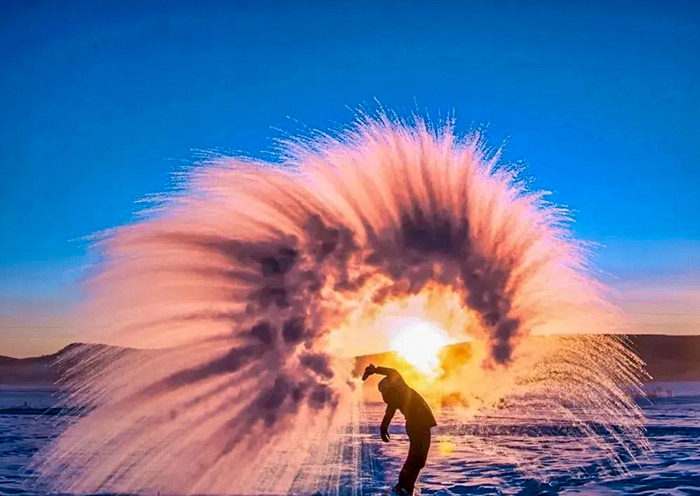Harbin's Top 5 Attractions at a Glance
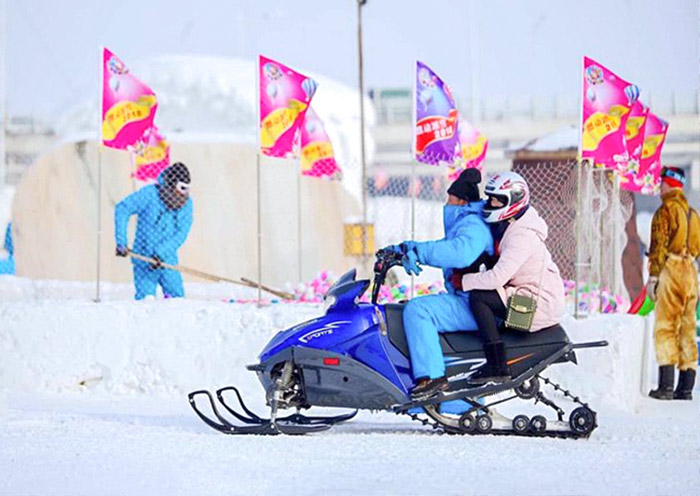
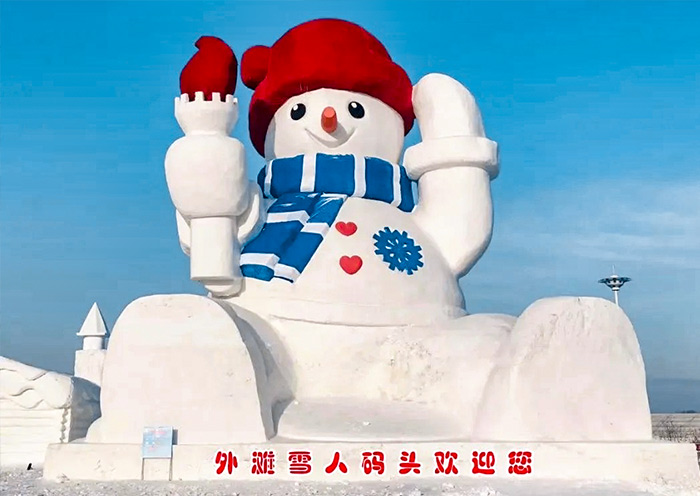
If you're short on time, these are the five absolute must-see attractions that define the Harbin experience.
| Attraction | Best Season | What it is |
|---|---|---|
| Harbin Ice & Snow World | Winter | The world's largest ice sculpture park; a glowing, life-sized city made of ice. |
| Central Street | Year-Round | A beautiful, 1.4km-long cobblestone street with historic Russian architecture, shops, and food. |
| Sun Island Park | Winter & Summer | A wonderland of giant, breathtaking snow sculptures (winter) or a peaceful, green park (summer). |
| St. Sophia Cathedral | Year-Round | A stunning, historic former Russian Orthodox cathedral that is now the city's most iconic landmark. |
| Siberian Tiger Park | Winter | The world's largest breeding center for Siberian tigers, located in a vast, natural environment. |
The Ultimate Winter Bucket List: Top 9 Things to Do in the City (December - February)
Winter is Harbin's claim to fame. The city becomes a playground for snow lovers from December through February. Yes, temperatures drop to minus 30 degrees Celsius.
But locals have perfected the art of winter fun. They know where to find the best activities and how to stay warm while enjoying them.
This also holds true for your visit during the Harbin Ice and Snow Festival (the opening ceremony is on January 5th each year, and the festival runs until about mid-February).
1. Harbin Ice and Snow World 2025-2026: Everything You Need to Know
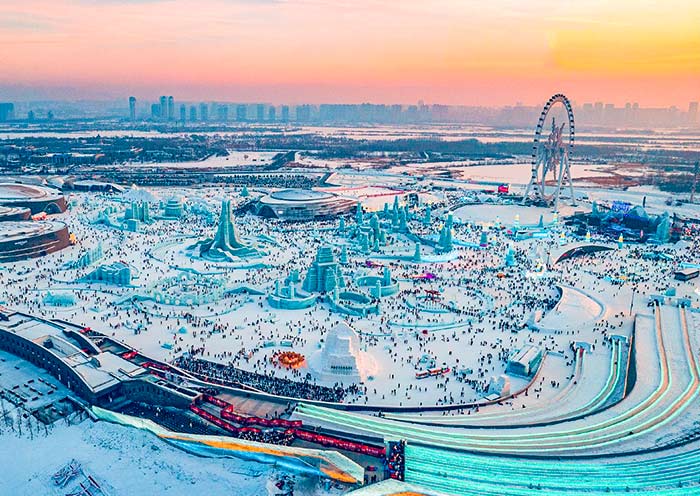
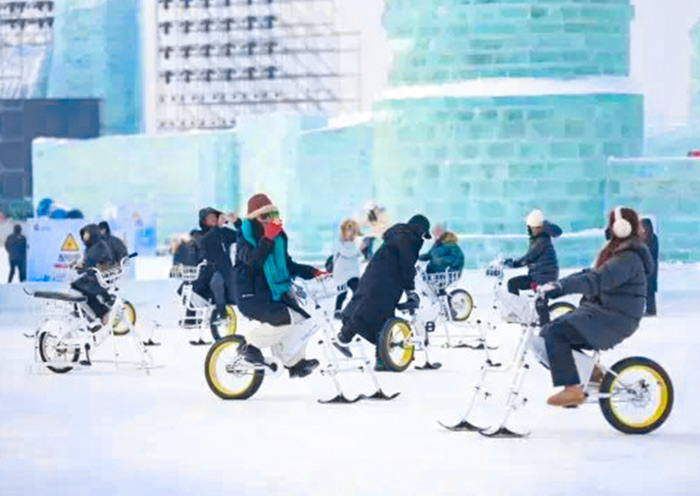
- Opening hours: 11:00 AM - 10:00 PM daily
- Lights on: 16:00-16:30
- Tickets: 328 RMB for adults
- Travel Time: 5-1 day
This is the number one reason to visit Harbin in winter. Harbin Ice and Snow World opens around Christmas and runs until late February. The 2025-2026 edition promises to be the biggest yet, covering 810,000 square meters. That's about 113 football fields of ice art.
Inside, you'll find ice slides, ice bikes, and even ice rock climbing. The longest ice slide stretches 300 meters. It's free once you're inside. Ice castles tower 40 meters high.
You can climb most of them using internal staircases. The ice maze challenges visitors to find their way through glowing blue corridors.
The Grand Ice Slide is the park's most popular ride, and lines get very long. Head there first as soon as you arrive to beat the crowds, then explore the rest of the park.
The ice comes from the Songhua River. Workers cut 700,000 cubic meters of ice blocks each December. Artists from 12 countries carve the sculptures. Each piece takes weeks to complete.
The best time to visit is 3 PM to 8 PM. You'll see the sculptures in daylight, then watch them transform when the LED lights switch on at sunset. The magical blue hour around 4:30 PM creates perfect photos. Weekdays are less crowded than weekends.
2. Sun Island Snow Sculpture Expo: Where Artists Create Giants
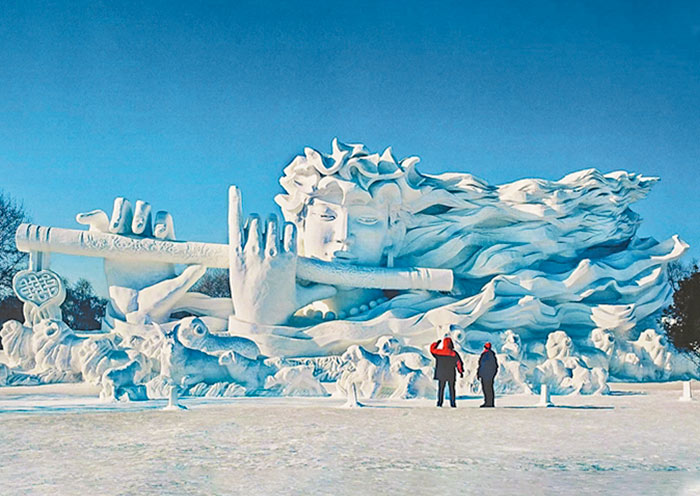
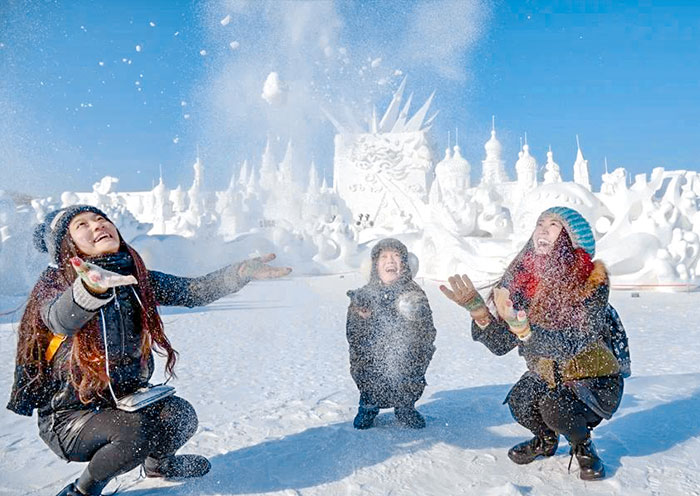
- Opening hours: whole day
- Tickets: free
- Travel Time: 2-3 hours
Sun Island focuses on snow rather than ice. The snow sculptures here are massive. Some reach 30 meters tall and 100 meters long. Artists use 100,000 cubic meters of snow each year.
Snow sculptures are solid white giants that impress with size and detail. You'll see dragons, castles, and famous landmarks recreated entirely from compressed snow. The main sculpture often depicts Chinese mythology or historical scenes.
The park includes fun snow activities. Try snow rafting down specially built slopes. Snow zorbing puts you inside a giant ball rolling down hills. Kids love the snow playground with smaller sculptures to climb.
The snow maze is easier than the ice version but still entertaining. Hot chocolate stands offer warmth every few hundred meters. Visit during daylight for the best views. Morning light creates beautiful shadows on the white sculptures.
3. See the Majestic Siberian Tiger Park in the Snow
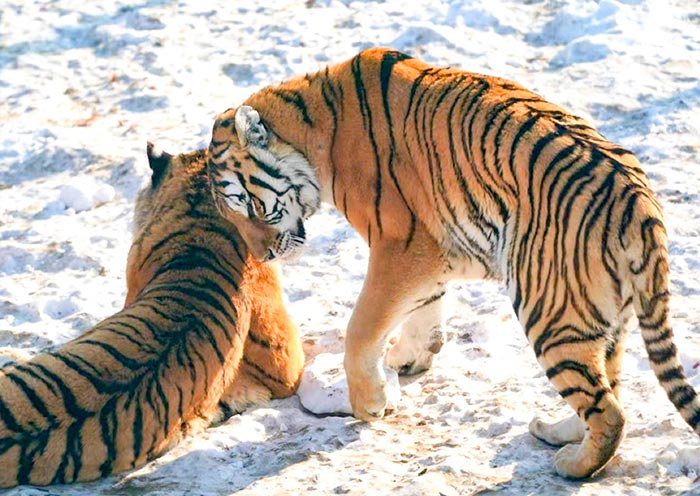
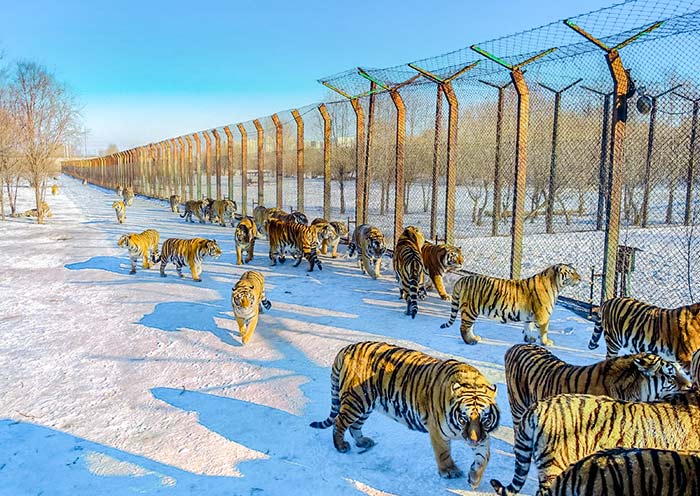
- Opening hours: 08:30 AM – 4:30 PM daily
- Tickets: 90 RMB
- Travel Time: 2-3 hours
There is no better place on earth to see the magnificent Siberian tiger. This conservation park is home to hundreds of these incredible animals in a vast, open, and snowy environment that mimics their natural habitat.
You’ll ride in a safari-style bus through the open-range area, where tigers will walk right up to the vehicle, giving you an unbelievably close look.
The tigers are naturally built for the cold and are far more active and playful in the winter snow. Their orange coats against the white landscape make for a truly powerful and unforgettable sight.
4. Wander Through a Winter Wonderland on Central Street
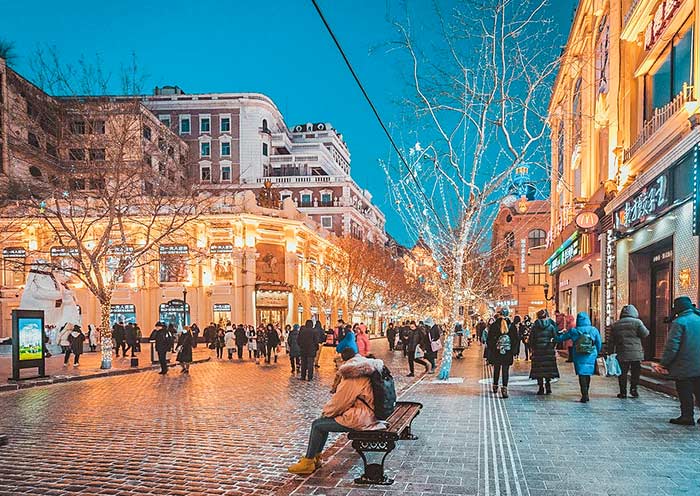
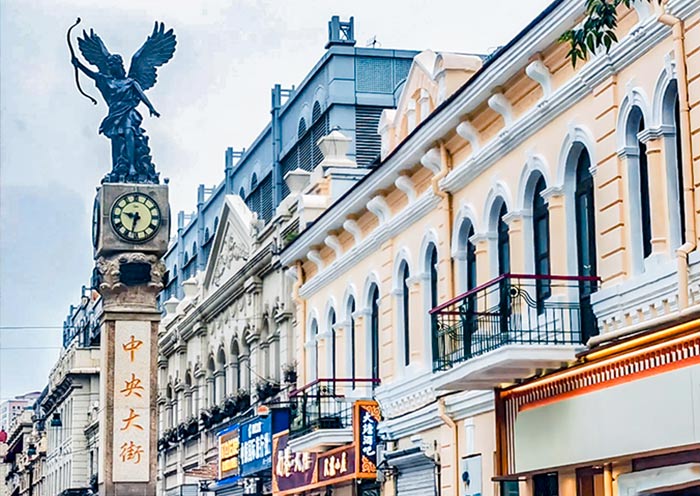
There is no better place on earth to see the magnificent Siberian tiger. This conservation park is home to hundreds of these incredible animals in a vast, open, and snowy environment that mimics their natural habitat.
You’ll ride in a safari-style bus through the open-range area, where tigers will walk right up to the vehicle, giving you an unbelievably close look.
Don't be afraid to try the famous local snack, the Madieer (Modern) ice cream pop, even when it's freezing outside. It's a beloved Harbin tradition!
5. Discover the Original Ice Lanterns at Zhaolin Park
This is where the Harbin Ice Festival began back in the 1960s. Zhaolin Park is a smaller, more charming version of the Ice and Snow World. It’s filled with intricate, jewel-like ice lanterns and smaller sculptures.
Because of its smaller scale, it’s a wonderful and less overwhelming option for families with young children.
The ticket price for Zhaolin Park is usually much lower than the main venues, and sometimes it's even free to enter. It's a great, budget-friendly way to experience the magic.
6. Play Like a Local on the Frozen Songhua River
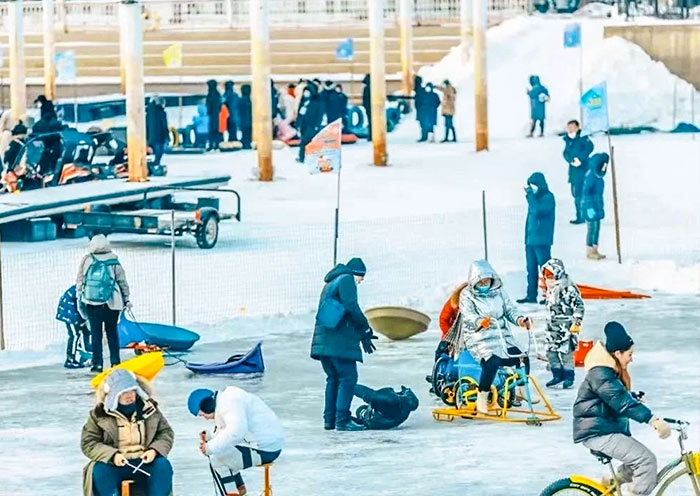
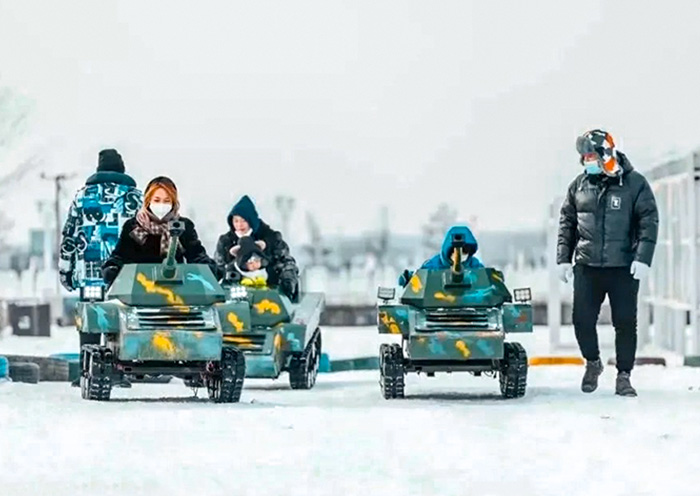
In winter, the wide Songhua River freezes into a solid, thick sheet of ice, turning it into the city's largest public playground. This is where you can experience winter fun just like the locals do.
You can rent ice skates, ride bizarre ice-bicycles, go-kart on the ice, or even take a classic horse-drawn sleigh ride across the river's surface.
The activities on the river are run by many different local vendors, so prices are cheap and often negotiable. It's a fun and affordable way to spend an afternoon.
Indoor Winter Escapes When It's Too Cold
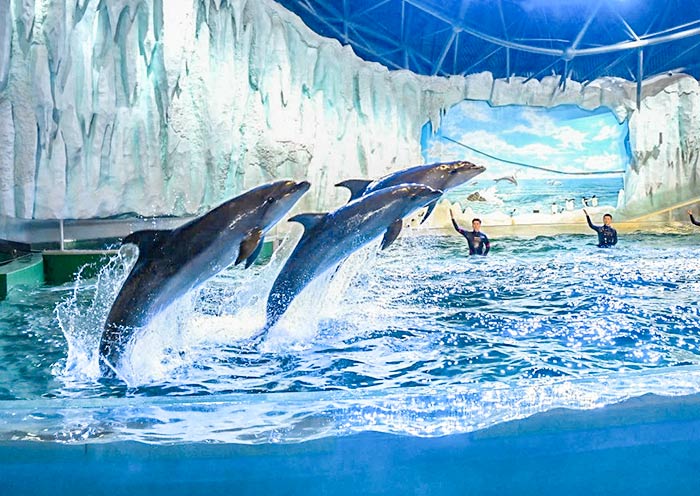
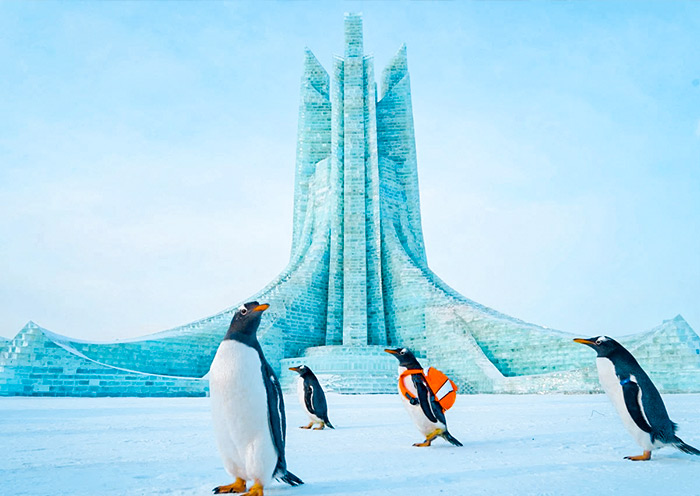
7. Harbin Polarland saves you when outdoor temperatures become unbearable. This indoor arctic animal park stays warm while you watch polar bears swim. Beluga whales perform shows hourly. Penguins waddle through artificial snow. The arctic fox exhibit delights children.
8. The Provincial Museum offers free admission and excellent heating. Three floors showcase regional history and culture. The mammoth skeleton discovered locally amazes visitors. Art galleries feature Russian and Chinese paintings.
The natural history section explains Harbin's unique ecosystem. English descriptions accompany most exhibits.
9. Harbin Grand Theater hosts performances worth experiencing. The building itself is architectural art. Classical concerts happen weekly. Traditional Chinese opera alternates with modern dance. Even without watching a show, the building tour impresses.Harbin's Summer Delights: Things to Do in the Harbin City (June - August)
Summer Harbin surprises visitors expecting only winter attractions. Temperatures reach 30 degrees Celsius from June through August. The city transforms into a green paradise. Rivers flow freely. Parks bloom with flowers.
Outdoor activities impossible in winter become daily pleasures. Locals say summer is when Harbin truly lives.
10. Harbin International Beer Festival: Asia's Oktoberfest
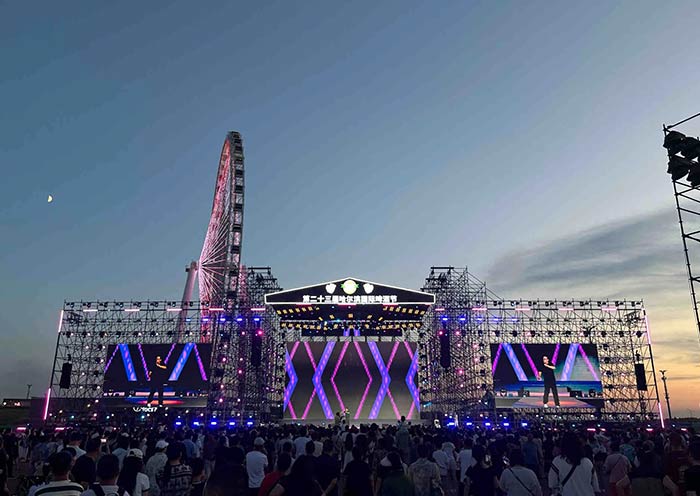
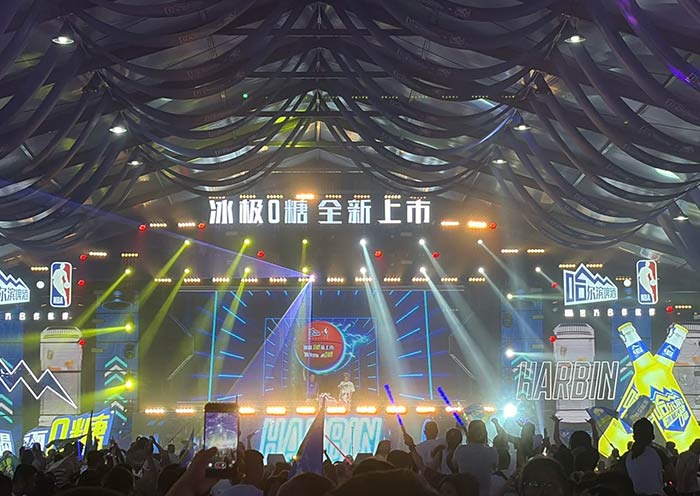
Harbin Beer Festival runs for two weeks each July. It rivals Munich's Oktoberfest in scale and enthusiasm. The main venue covers 400,000 square meters. Over 500 beer brands from 30 countries pour freely. Harbin Beer, China's oldest brewery, dominates with special festival brews.
German tents serve authentic Bavarian beer and food. The Russian pavilion offers vodka alongside beer. Craft beer makers showcase unique flavors. Tasting tickets let you sample widely.
Live music plays continuously across multiple stages. Chinese rock bands alternate with international DJs. Traditional German oompah bands march through crowds.
Russian folk dancers perform hourly. The main stage hosts famous Chinese singers nightly. Fireworks end each evening at 10 PM.
11. Sun Island Summer Paradise: Beyond Winter
Summer Sun Island becomes a completely different place. The snow sculpture grounds transform into flower gardens. Millions of flowers bloom from May through September. The Flower Garden covers 120,000 square meters.
The beach area on Sun Island surprises visitors. Sand imported from southern China creates an artificial beach. Swimming is allowed in designated areas. Volleyball courts stay busy all day. The water park has slides and pools for children.
12. Admire the Architecture of St. Sophia Cathedral Against a Blue Sky
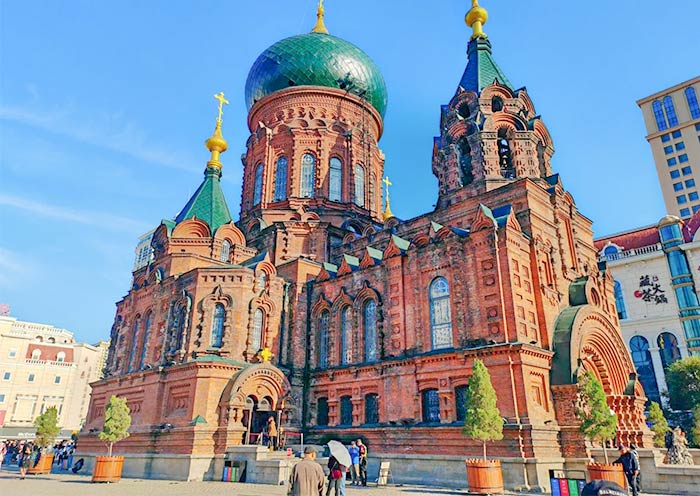
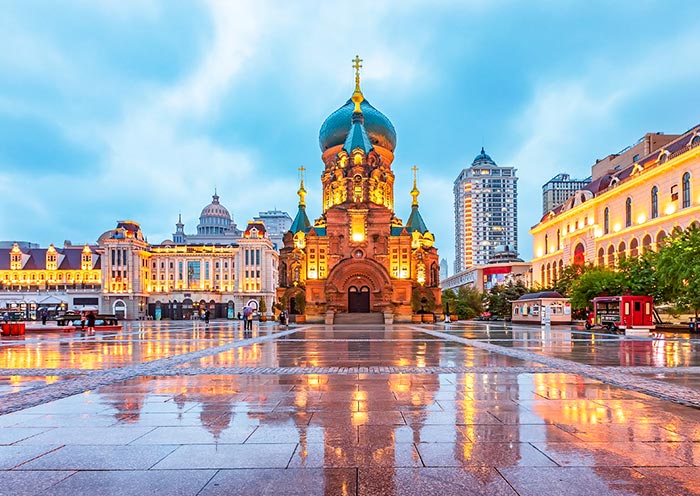
While beautiful in the snow, the stunning green onion dome of St. Sophia Cathedral is just as impressive against a clear blue summer sky.
The weather is perfect for spending time in the large public square in front of the cathedral, a popular spot for both tourists and locals to relax.
The inside of the cathedral is no longer a place of worship but now serves as the Harbin Architectural Art Gallery, which is worth a visit to see the beautiful interior structure.
Beyond the Harbin City: Best Day Trips & Nearby Attractions
Harbin's location makes it perfect for exploring Northeast China. Day trips and overnight adventures reveal diverse landscapes. From volcanic lakes to ski slopes, options suit every interest.
Public transport reaches most destinations. Organized tours simplify logistics. Contact Asia Odyssey Travel to enjoy.
13. China Snow Town (Xuexiang): Is the 6-Hour Journey Worth It?
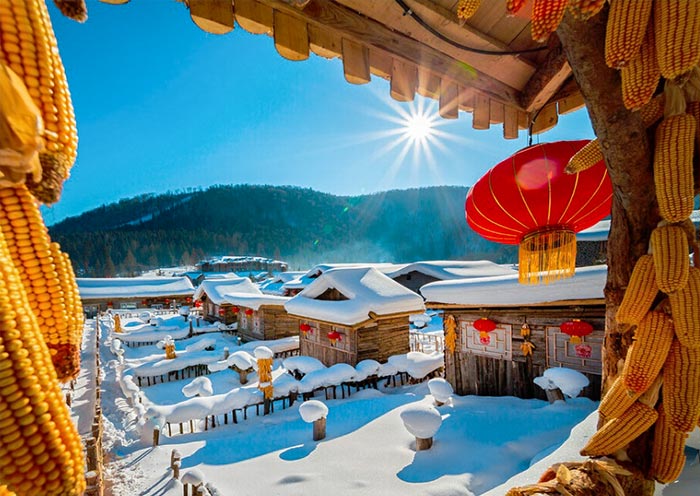
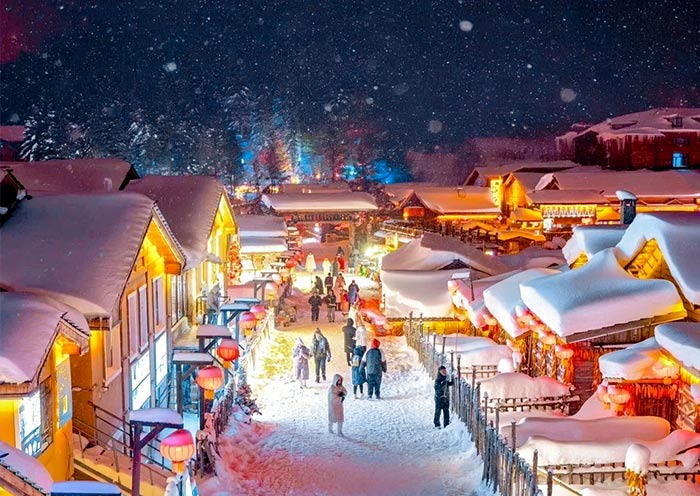
China Snow Town divides visitors into lovers and haters. The six-hour journey each way tests patience. Yet thousands visit daily during winter.
The snow here is genuinely special. Seven-month snow accumulation creates two-meter depths. Snow caps on roofs form impossible mushroom shapes. Red lanterns against white snow create fairy-tale scenes. The main street at night looks magical.
This is the famous "fairy-tale village" you've seen in pictures, where deep, smooth snow buries tiny wooden houses. Crucially, this is best planned as a 2-day, 1-night trip.
China Snow Town Map: Tourist Map of Xuexiang Near Harbin
2 Direct Plans from Harbin to China Snow Town: Bus & Car (2025)
14. Go Skiing at Yabuli Ski Resort
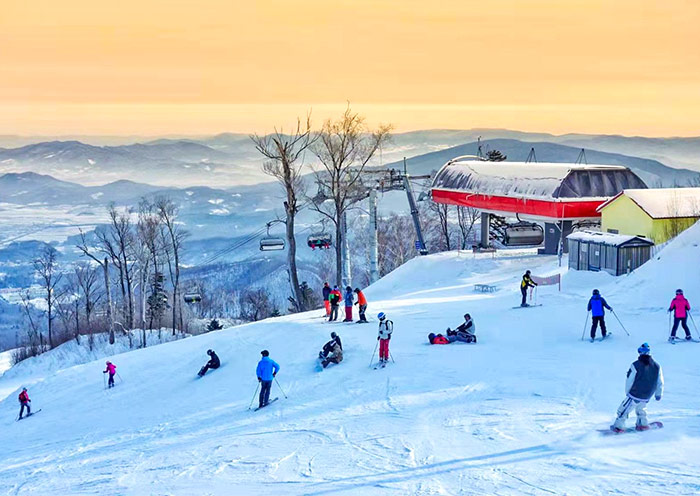
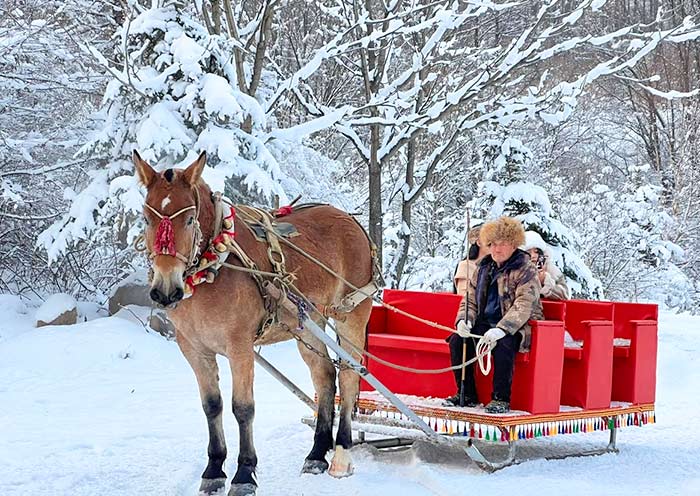
Yabuli is China's premier ski destination, just 60-90 minutes from Harbin by high-speed train. The resort has runs for all skill levels.
The mountain offers 46 kilometers of ski runs. Beginners have gentle slopes with magic carpets. Intermediate skiers enjoy long cruising runs. Advanced slopes challenge experts. The vertical drop reaches 800 meters.
Snow conditions are reliable from November through March. Artificial snow supplements when needed.
Harbin to Yabuli Train: Reach Yabuli Ski Resort in 1.5h
15. Jingpo Lake: UNESCO Volcanic Wonderland
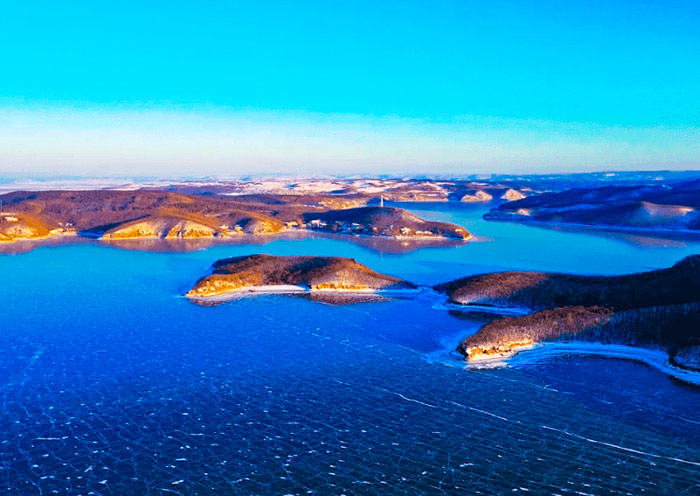
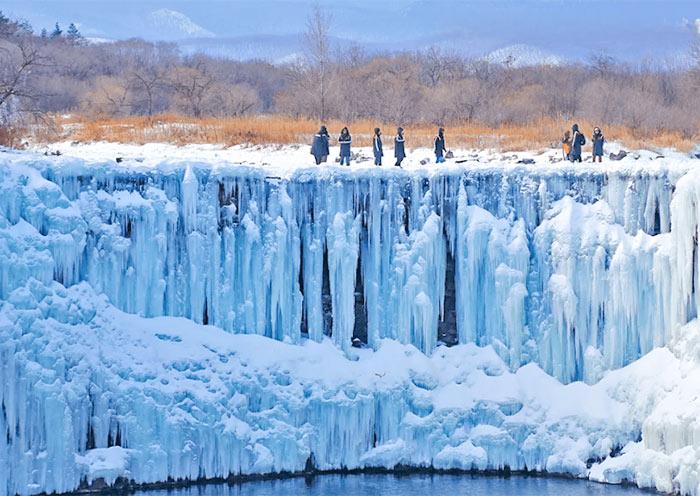
Jingpo Lake requires an overnight trip but rewards with unique geology. The volcanic lake formed 10,000 years ago. UNESCO recognized its geological significance. The lake stretches 45 kilometers long. Boat tours explore hidden coves and waterfalls.
The waterfall at Jingpo Lake drops 20 meters with tremendous force. Viewing platforms provide multiple angles. In winter, the waterfall partially freezes creating ice curtains. Local daredevils dive from the top in summer.
Underground lava tunnels extend for kilometers. Guided tours explore safe sections. The temperature inside stays constant year-round. Stalactites and stalagmites formed from minerals. Lighting highlights dramatic formations.
The acoustic properties create eerie echoes. It's a completely different world below ground.
Cultural & Year-Round Places to Visit in Harbin
Harbin's culture blends Chinese, Russian, and modern influences uniquely. This cultural mix appears in architecture, food, and daily life. Understanding the history enriches every experience. The city's international past created today's distinctive character.
16. Living Culture: Morning Park Life & Evening Markets
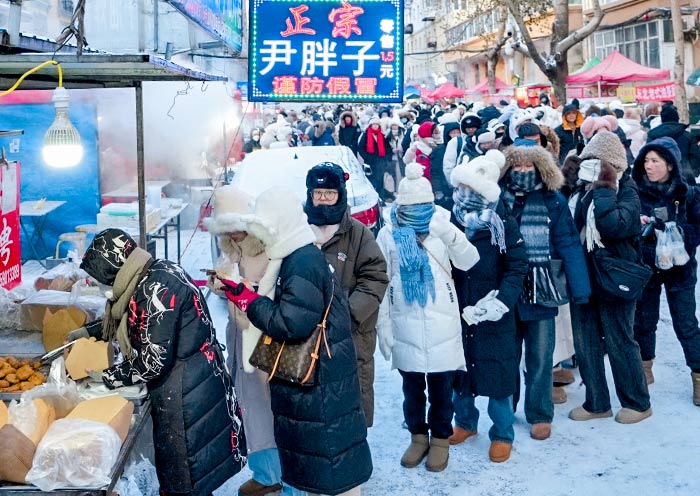
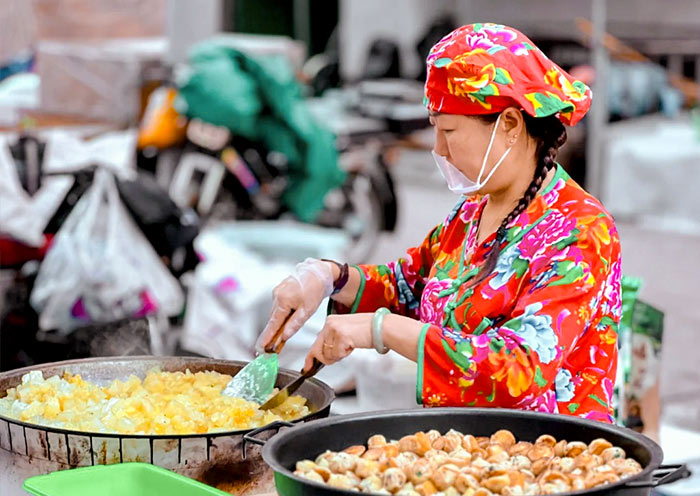
Hongzhuan Street Morning Market: This is one of the most famous and lively outdoor markets in the city. As you walk down the street, your senses will come alive with the sights and sounds of steaming food stalls, vendors selling fresh vegetables and frozen fish, and locals enjoying a hot breakfast.
Harbin parks come alive at dawn regardless of season. By 6 AM, hundreds of residents exercise outdoors. Tai chi groups move in slow synchronization. Sword dancers swing wooden blades. Opera singers practice arias. Everyone welcomes watching foreigners.
Evening markets burst with energy after dark. The night market near Central Street sells everything imaginable. Try iron pot stew, a local favorite. Grilled corn on sticks costs 5 RMB. Candied hawthorn berries are sweet and sour. The lamb skewers are exceptional.
17. The Russian Quarter: Europe in China
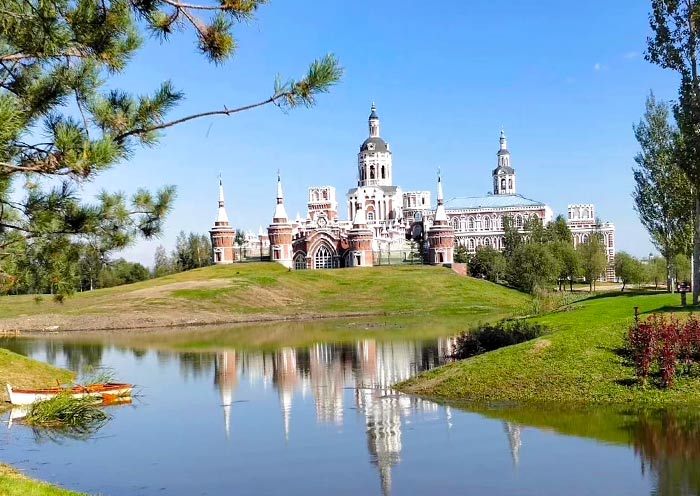
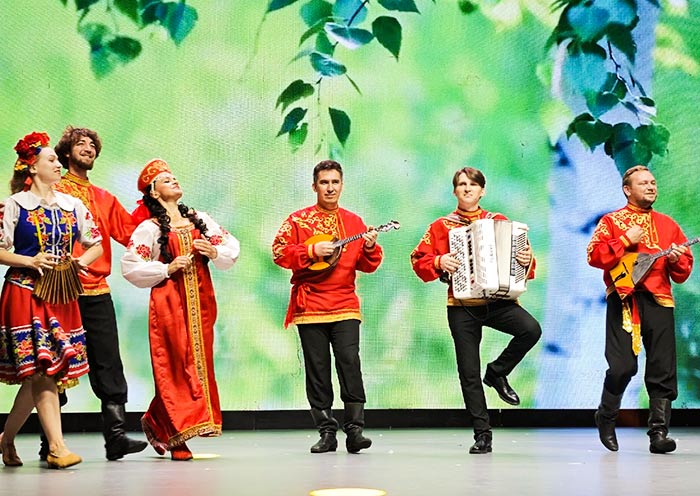
The Russian influence in Harbin is remarkable and visible everywhere. Over 20,000 Russians lived here in the 1920s. They built Orthodox churches, schools, and businesses. Today's Russian Quarter preserves this unique heritage.
St. Sofia Cathedral stands as the symbol of Russian Harbin. The Byzantine architecture is stunning. It's now a museum documenting the Russian era. Original icons and artifacts tell forgotten stories.
The square around the cathedral hosts cultural events. Wedding photographers love the romantic backdrop.
Russian dolls, or matryoshka, make popular souvenirs. Quality varies dramatically between shops. Hand-painted dolls cost more but last forever. Machine-made versions break easily. Watch artists painting dolls in some shops.
18. Harbin Food Adventures: What & Where to Eat Like a Local
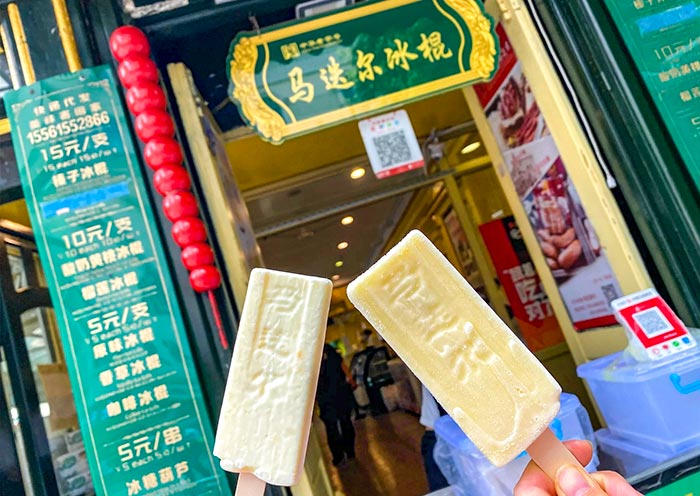
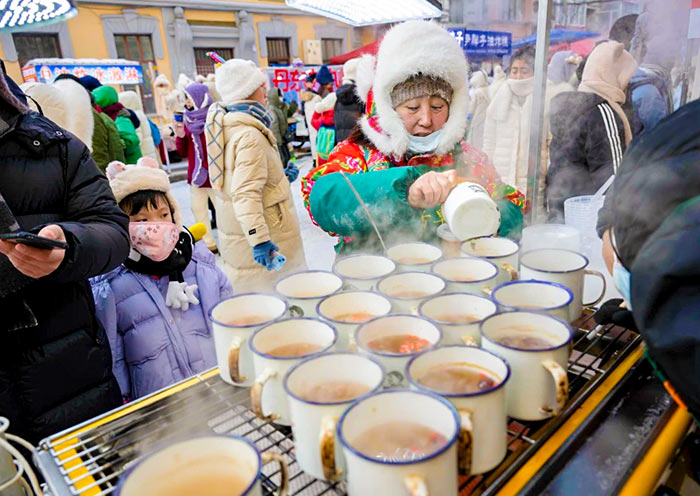
Harbin cuisine reflects its northern location and cultural mix. Wheat replaces rice as the staple. Bread and dumplings dominate over noodles. Meat features prominently in most dishes.
Start with Harbin's famous red sausage, a Russian-influenced delicacy. Churkin's Sausage Store has made them since 1900. The garlic flavor is pronounced but not overwhelming. Locals eat them cold as snacks. Try them with black bread and mustard.
Iron pot stew represents authentic northeastern cooking. Huge iron pots simmer meat, vegetables, and cornbread. The cornbread sticks to the pot's sides, becoming crispy. Pork ribs are the classic choice. Chicken versions are lighter.
Vegetarian options exist but miss the point. Share one pot between 3-4 people.
Guo bao rou is Harbin's most famous dish. Sweet and sour pork is common worldwide. But Harbin's version is special. The pork is sliced thin and fried crispy. The sauce balances sweet, sour, and savory perfectly.
Harbin with Kids: Family-Friendly Fun Year-Round
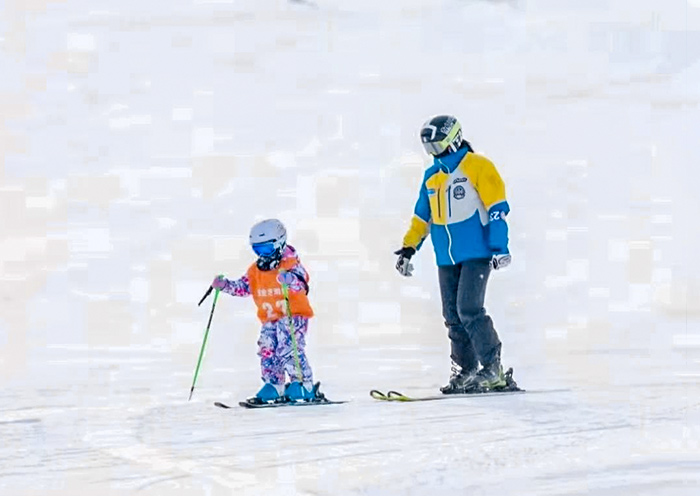
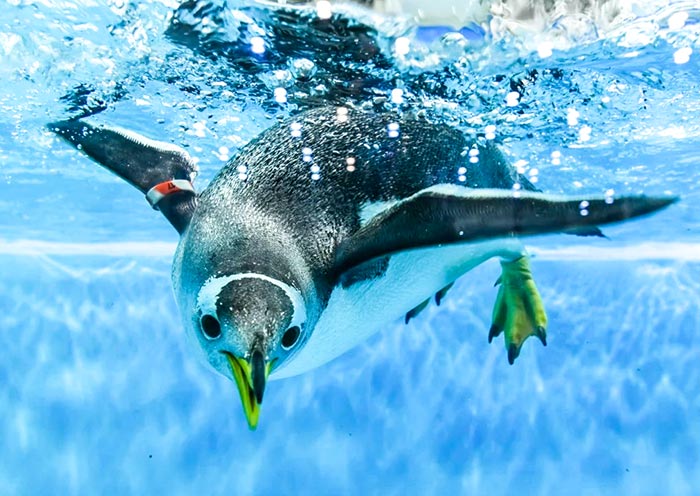
Harbin welcomes families with attractions designed for children. Most sites offer reduced prices for kids. Many provide stroller access and baby-changing facilities. The challenge is managing extreme temperatures. But local families thrive here, and yours can too.
Harbin Polarland tops the list for animal-loving children. Polar bears swim overhead in glass tunnels. Penguin feeding shows happen hourly. Sea lion performances include audience participation. The beluga whales are remarkably intelligent.
The Science and Technology Museum offers hands-on learning. Free admission makes it perfect for rainy days. Interactive exhibits explain physics through play. The robot section fascinates all ages. Flight simulators provide safe thrills.
Volga Manor recreates a Russian village outside Harbin. The grounds are huge with plenty of running space. Horse-drawn carriage rides tour the property. In winter, ice slides and snow play areas entertain for hours.
Perfect Harbin Itineraries: 3, 5, or 7 Days
3-day Harbin Itinerary (Classic)
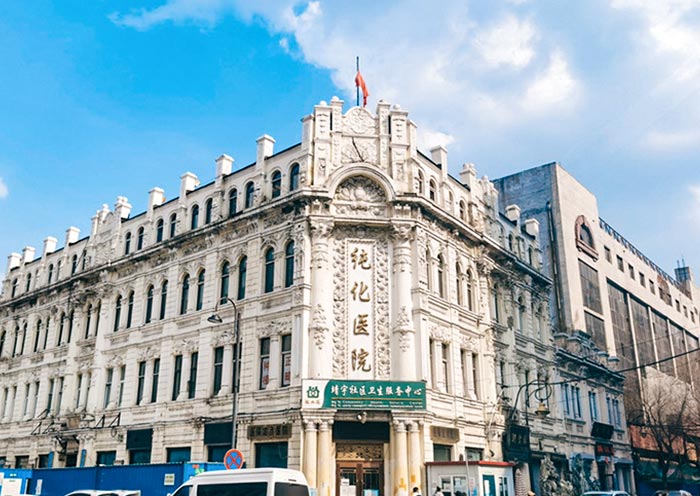
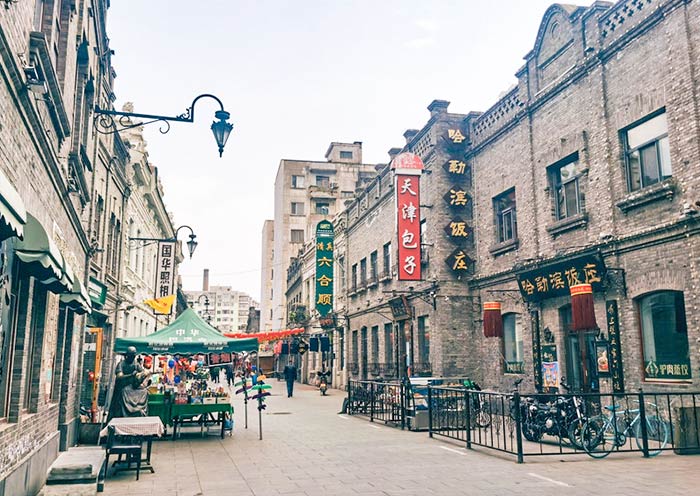
Three days is enough time to see Harbin's highlights without rushing. You can spend one day exploring the city's main sights, like Central Street, the morning market, and Saint Sophia Cathedral.
Use a second day for the festival parks: the Siberian Tiger Park, Sun Island, and the Ice and Snow World. On the third day, you could visit Harbin Polarland, go shopping, or take a half-day trip to Volga Manor. This pace works well for most travelers even during Harbin Ice Festival.
Day 1: Harbin Arrival
Day 2: Harbin Ice and Snow Festival Tour (Siberian Tiger Park, Sun Island, Harbin Ice and Snow World)
Day 3: Harbin City Tour (Morning Market, Winter Swimming Show, Saint Sophia Cathedral, Stalin Park, Central Street, Lao Daowai)
5-day Harbin Itinerary
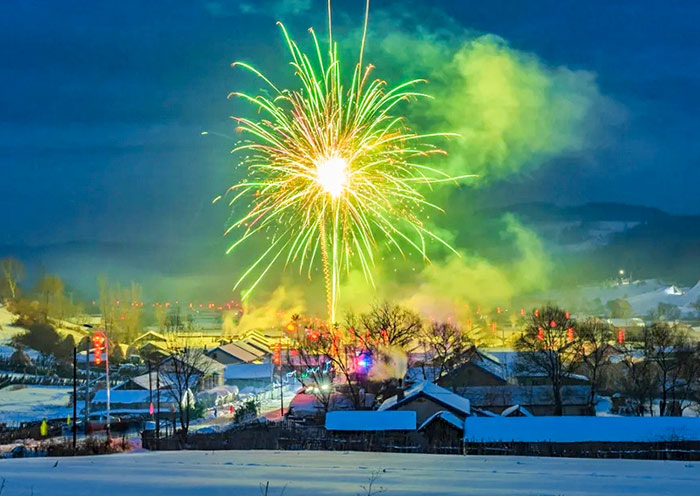
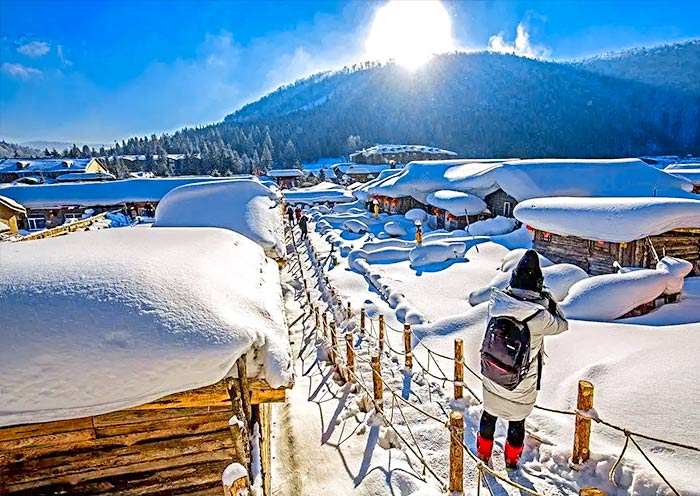
A five-day trip allows for more depth and a trip outside the city. You can follow the three-day plan above, and then use days four and five for an overnight journey to either Yabuli or China Snow Town.
We recommend visiting Snow Town in the winter, but Yabuli is also a great destination for hiking in the summer.
| Day | destination | Highlights |
|---|---|---|
| 1 | Harbin | Arrival |
| 2 | Harbin | Siberian Tiger Park, Sun Island, Harbin Ice and Snow World |
| 3 | China Snow Town | Snowy Street, Observation Deck |
| 4 | China Snow Town | Sunrise, Dream Home |
| 5 | Harbin | Winter Swimming Show, Saint Sophia Cathedral, Stalin Park, Central Street, Lao Daowai |
6-7 Day Harbin Itinerary
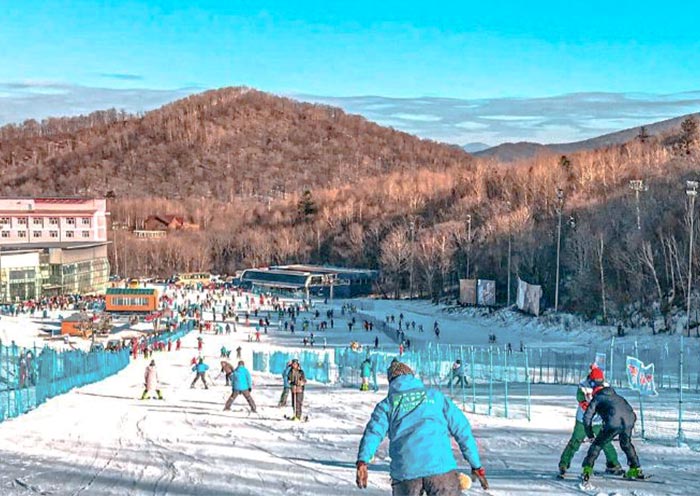
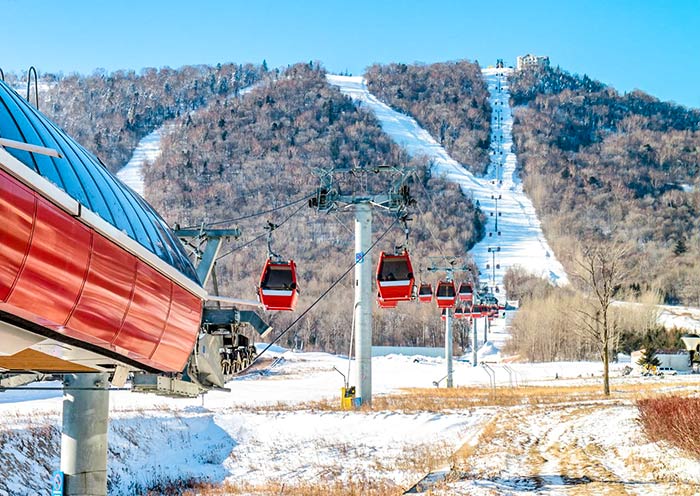
This amount of time allows you to see everything, including both Yabuli and China Snow Town. After spending the first three days in Harbin, you could go to Yabuli for an overnight stay on days four and five.
Then, use days six and seven to explore the beautiful China Snow Town.
| Day | destination | Highlights |
|---|---|---|
| 1 | Harbin | Arrival |
| 2 | Harbin | Siberian Tiger Park, Sun Island, Harbin Ice and Snow World |
| 3 | Yabuli | 3-hour Beginner Skiing Experience |
| 4 | China Snow Town | Snowy Street, Observation Deck |
| 5 | China Snow Town | Sunrise, Dream Home |
| 6 | Harbin | Winter Swimming Show, Saint Sophia Cathedral, Stalin Park, Central Street, Lao Daowai |
How to Plan a Trip to Harbin: 8 Step Trip Plan (2026)
Harbin Itinerary: 3-7 Day Itinerary Ideas (Ice Festivals Itinerary Included)
Explore Harbin with Your Local China Guide - Asia Odyssey Travel
Explore Harbin's winter wonderland with Asia Odyssey Travel! As a local travel company with offices across China in Beijing, Chengdu, Guilin, and Lhasa, our on-the-ground expertise ensures you get a seamless and authentic travel experience.
We are here to help you enjoy the best of Harbin's magical Ice Festival and the stunning landscapes of Northeast China.
Our Harbin & Winter Tours at a Glance:
✅ Harbin Tours: Discover our best tour packages.
✅ Harbin Ice Festival Tours: Experience the magic of the world's largest ice festival.
✅ Harbin Tour Packages from Malaysia: Special trips for Malaysian travelers.
✅ Harbin Tour Packages from Singapore: Curated journeys for Singaporean visitors.
p>✅ Harbin Tour Packages Philippines: Exclusive winter trips for Filipino travelers.✅ Northeast China Tours: Explore beyond Harbin into the wider region.
✅ China Winter Tours: See all our incredible winter destinations.
Contact us now to start planning your dream winter trip to Harbin.
